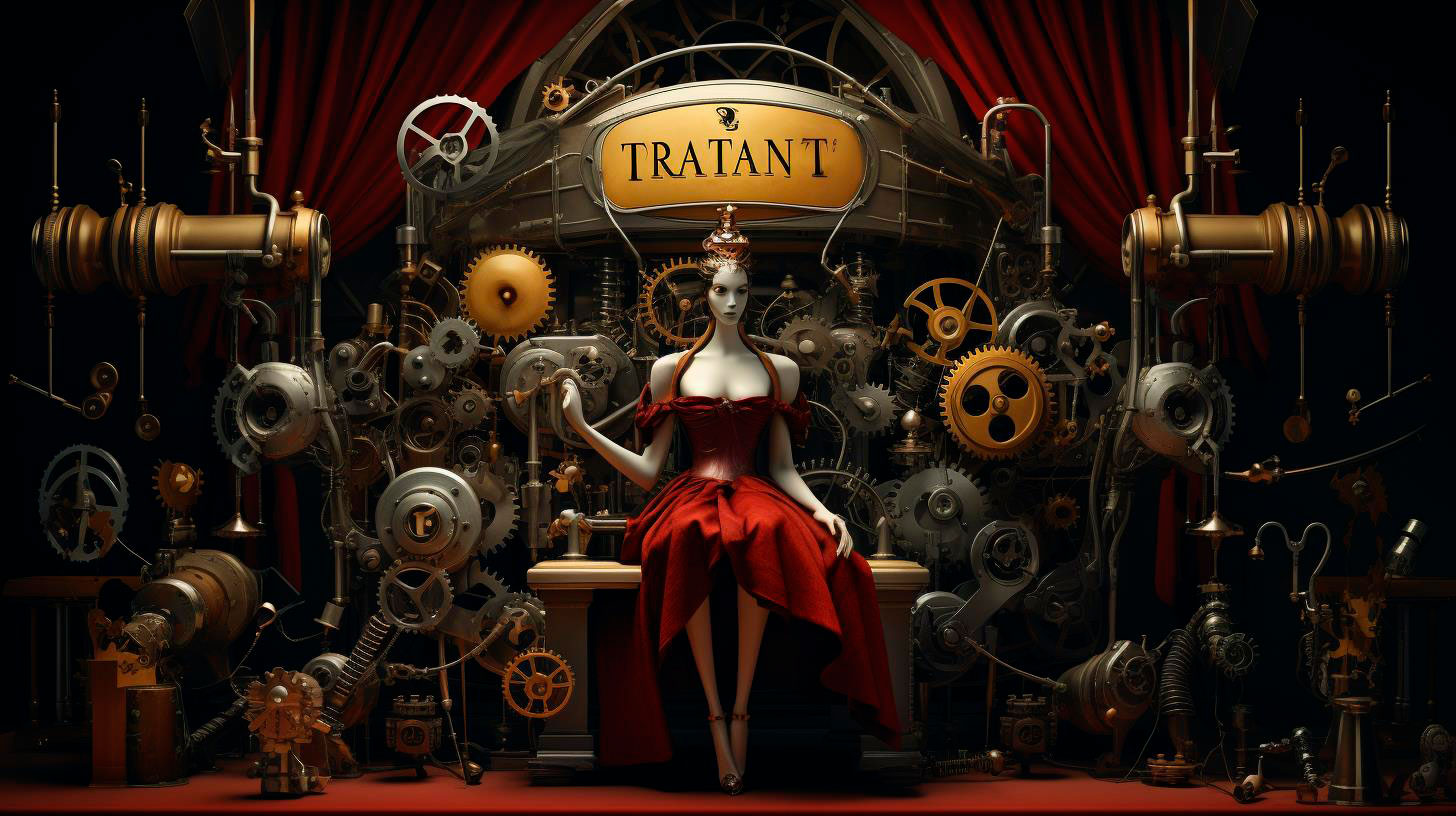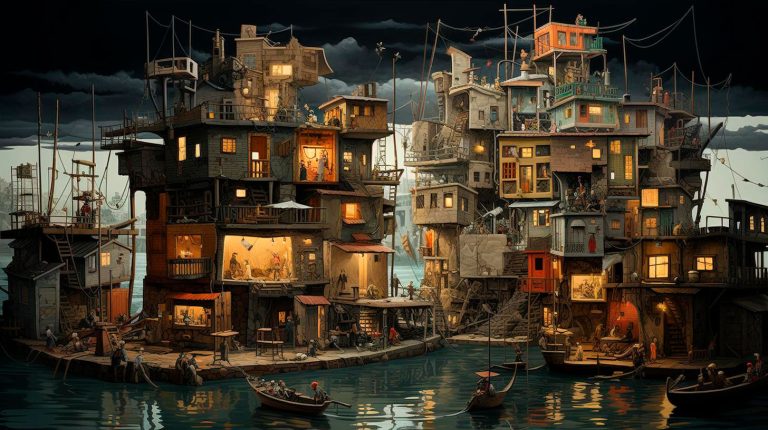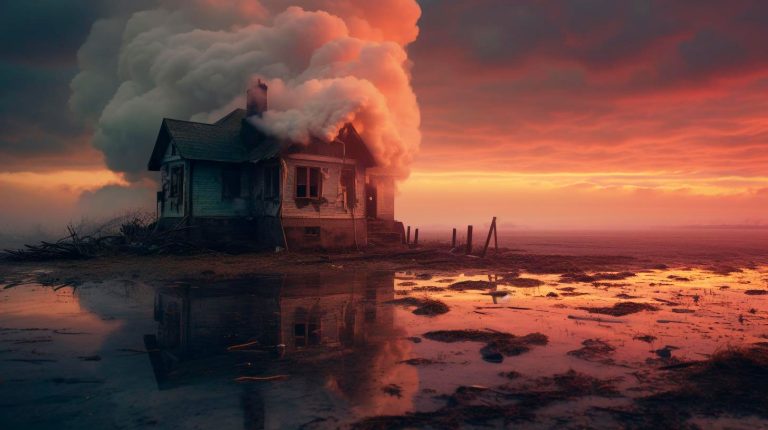Unveiling Historical Secrets
Photographs act as a gateway to the past, allowing us to explore and immerse ourselves in history. Here are some key takeaways that emphasize the importance of photography in chronological research:
- Preserving Authenticity: Photographs provide an authentic representation of the past, capturing moments as they actually happened. They serve as powerful evidential sources for researchers to validate historical facts and debunk myths.
- Visual Narratives: Images have the power to tell stories that words alone cannot convey. A single photograph can encapsulate a particular period, event, or emotion, providing researchers with a deeper understanding of the context and atmosphere of the time.
- Connecting Generations: Photography bridges the gap between generations, allowing us to visually connect with our ancestors. Through photographs, genealogists can trace their family history and gain insights into the lives and experiences of their predecessors.
Documenting Historical Landmarks
Photography enables us to capture and document historical landmarks, ensuring their preservation and providing valuable resources for future research. Consider the following advantages:
- Authentic Representation: Through high-resolution images, researchers can capture detailed visuals of historical sites, architectural marvels, and artifacts. These visuals are crucial for accurate documentation, analysis, and restoration purposes.
- Comparison and Analysis: By comparing photographs taken at different points in time, scholars can observe the changes and alterations that have taken place. This helps them understand the evolution of structures, landscapes, and cultural practices over the years.
- Virtual Exploration: In today’s digital world, virtual reality and augmented reality technologies allow us to explore historical landmarks remotely. By digitizing photographs, researchers can create immersive experiences that transport viewers back in time.
Pioneering Chronological Research
Photography has had a profound impact on the field of chronological research. Here are some significant ways in which it has revolutionized the study of history:
- Visual Primary Sources: Photographs serve as primary sources, providing researchers with concrete evidence of historical events, attire, cultural practices, and social structures. They offer a unique window into the past that written documents alone cannot provide.
- Time-lapse Photography: Time-lapse photography techniques enable the visualization of slow processes, such as the growth of plants or the construction of buildings, over an extended period. This allows researchers to derive valuable insights into long-term changes and transformations.
- Forensic Analysis: In criminal investigations and archaeological research, photography plays a vital role in recording and analyzing minute details that might go unnoticed otherwise. This aids in reconstructing historical events and solving mysteries.
In Conclusion
Photography is an invaluable tool in chronological research, offering a visual representation of history that helps us comprehend and appreciate the events that unfolded before our time. The key takeaways illustrate its significance in preserving authenticity, unraveling untold stories, and documenting historical landmarks. The role of photography in pioneering research techniques cannot be overstated, as it continues to shape our understanding of the past in remarkable ways.



















+ There are no comments
Add yours